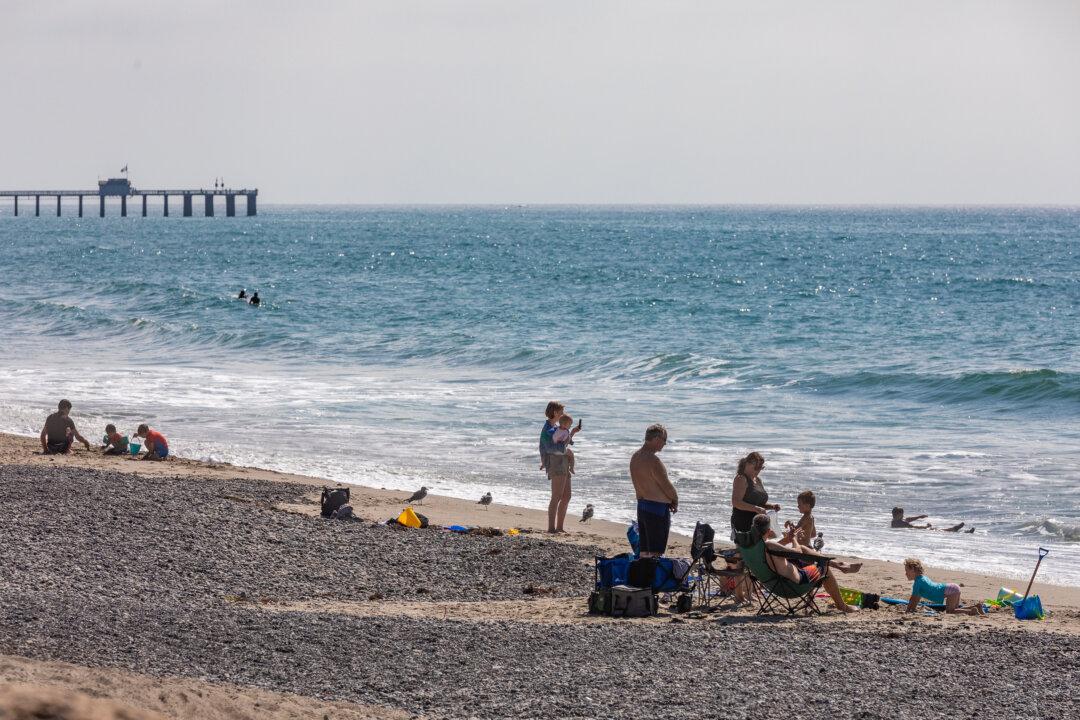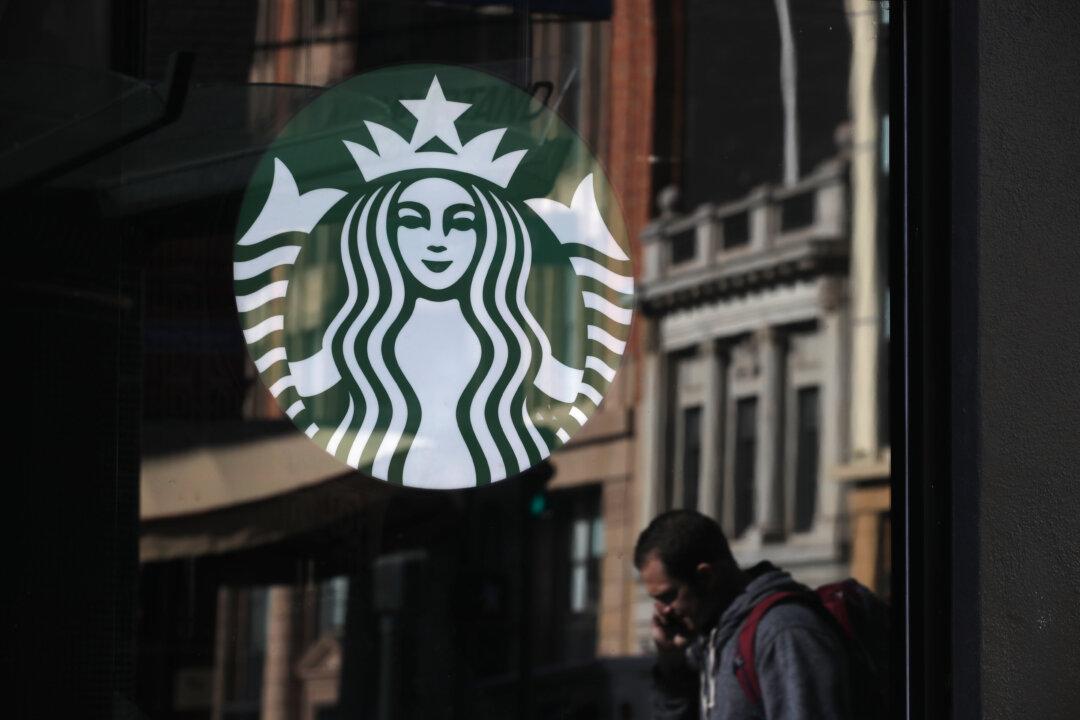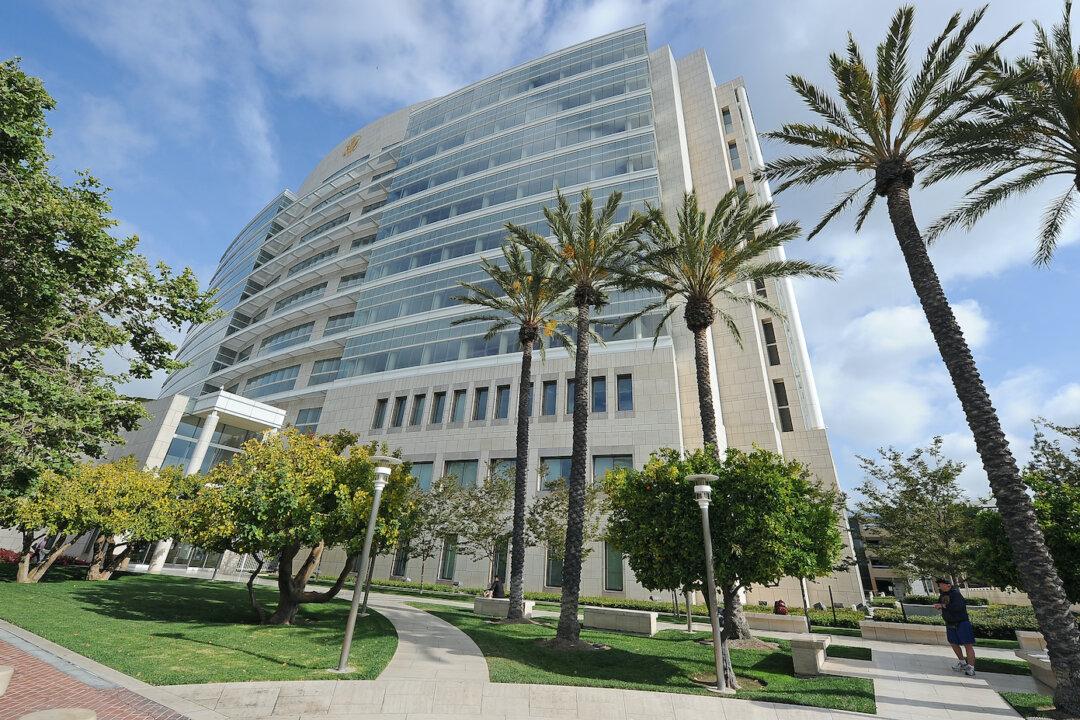San Clemente residents can expect wastewater sewage rates to rise by 30 percent over the next five years after the San Clemente City Council voted 4–1 July 18 in favor of the rate hikes, with Mayor Pro Tem Steve Knoblock abstaining.
Such rates will increase by 9.5 percent as soon as October.




